Toitanga
Jordan Tane Jordan Tane Kyani Utia Sisi Panikoula Gloria Falaniko What makes me Plastic?
-
Tauira / Students
Jordan Tane, Kyani Utia, Sisi Panikoula, Gloria Falaniko -
Te Kapa Tauira / Student Team
Jordan Tane, Kyani Utia, Sisi Panikoula, Gloria Falaniko -
Kaiako / Lecturers
Marcos Mortensen Steagall, Tatiana Tavares
-
School
AUT Art + Design 2025
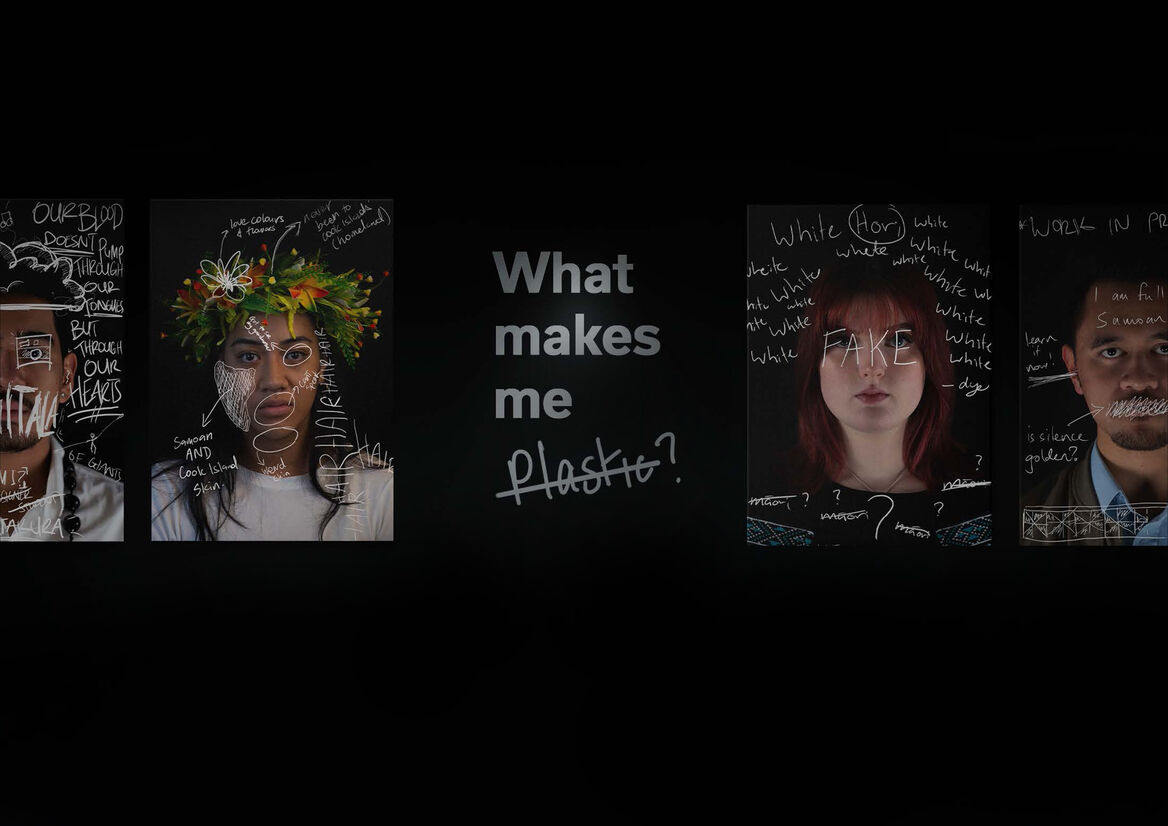
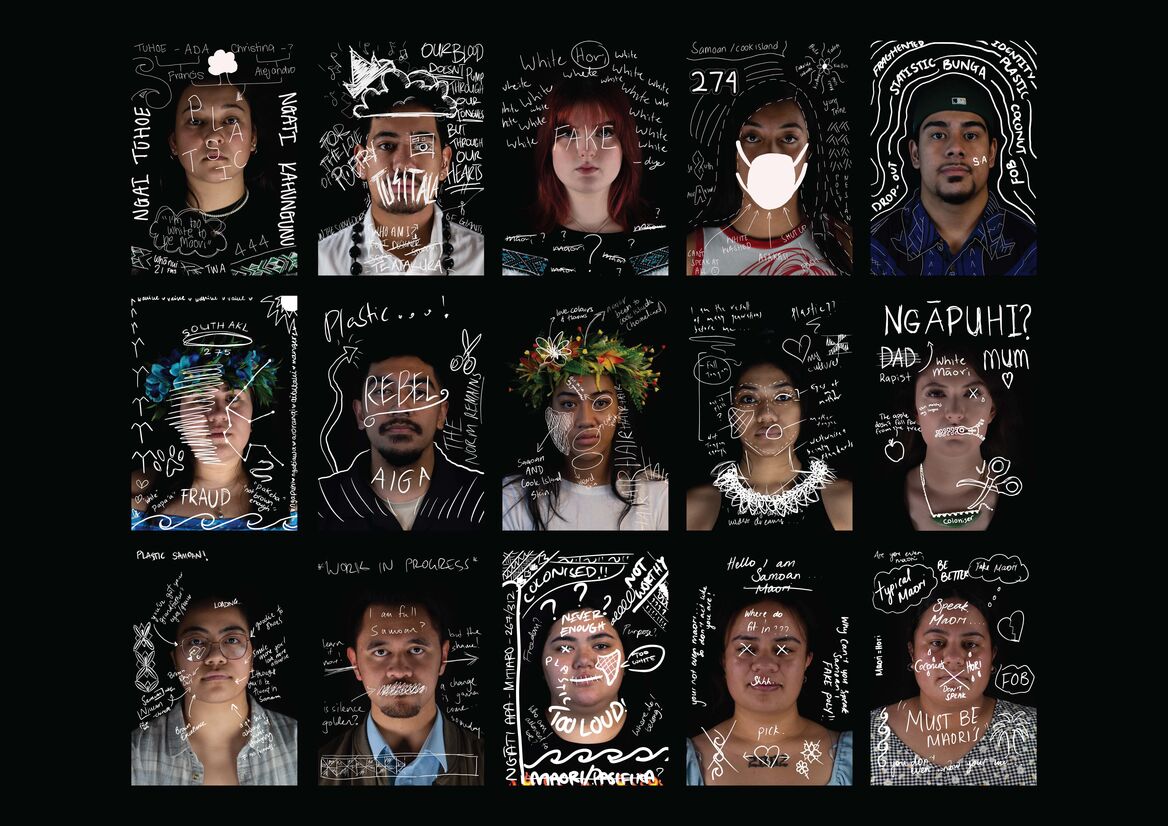
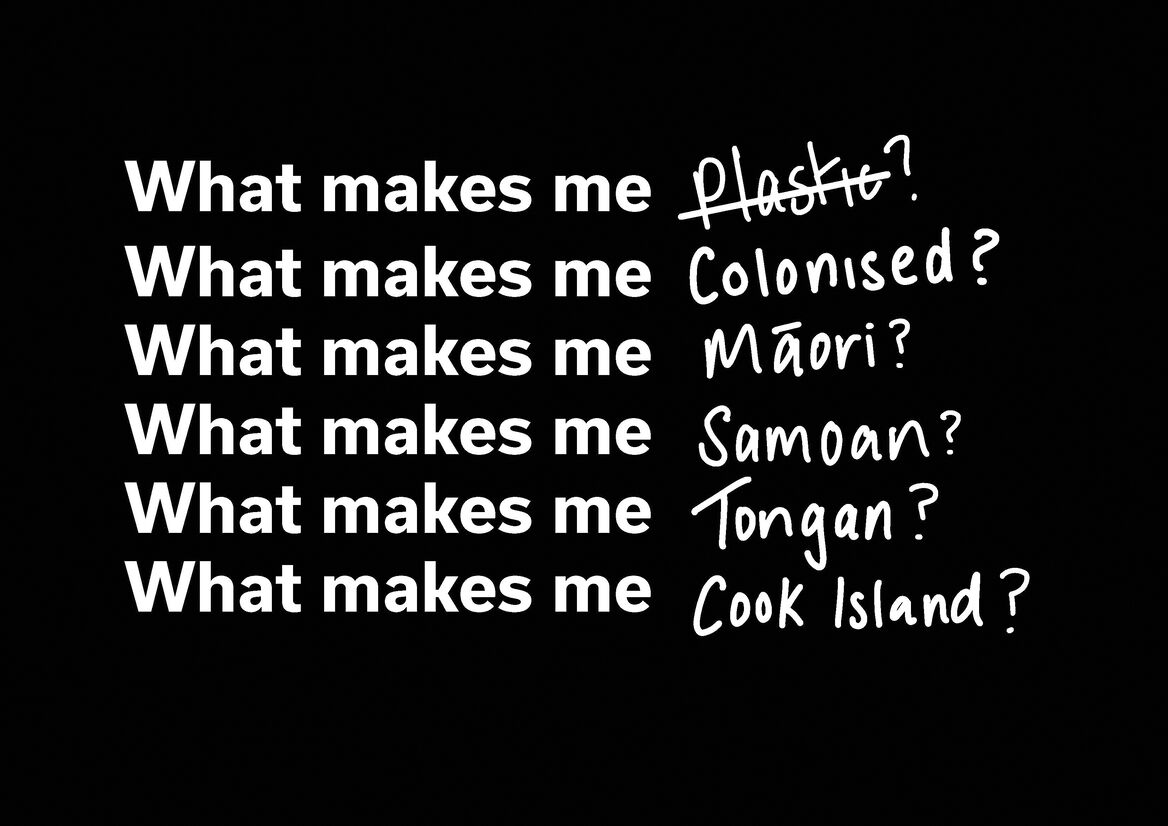
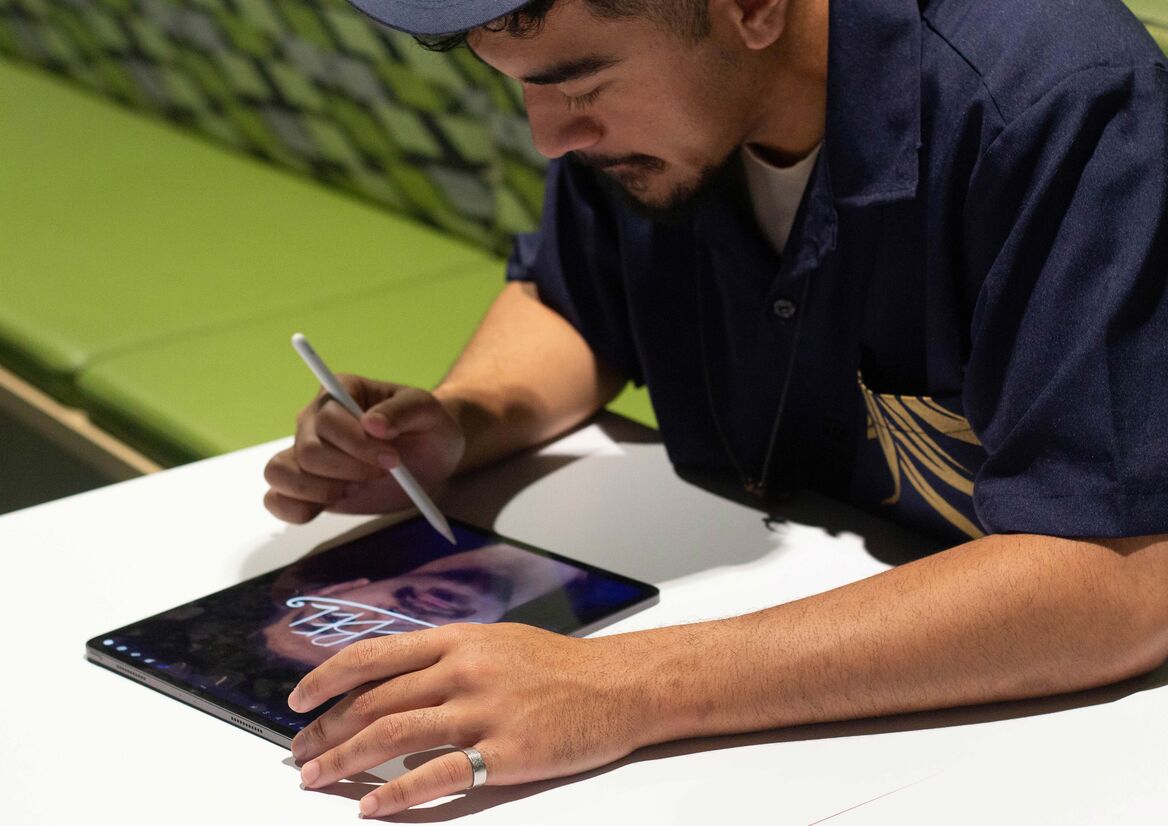
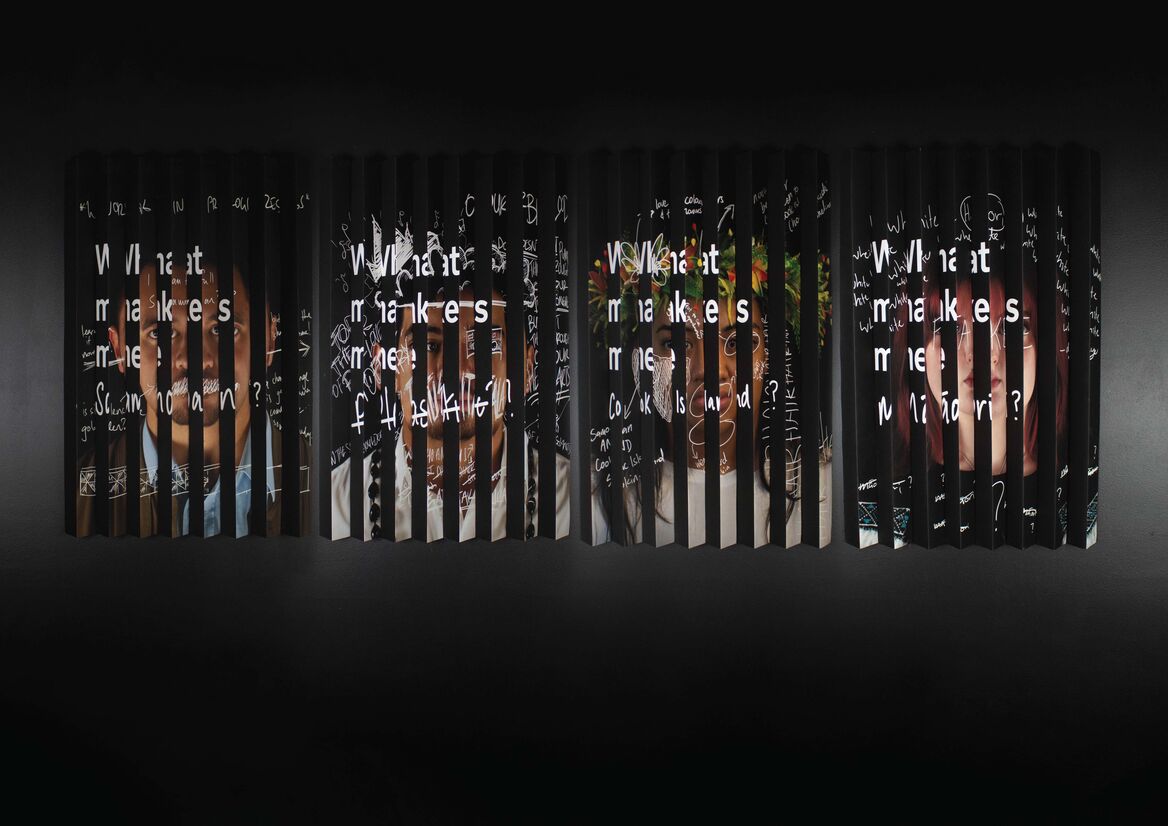
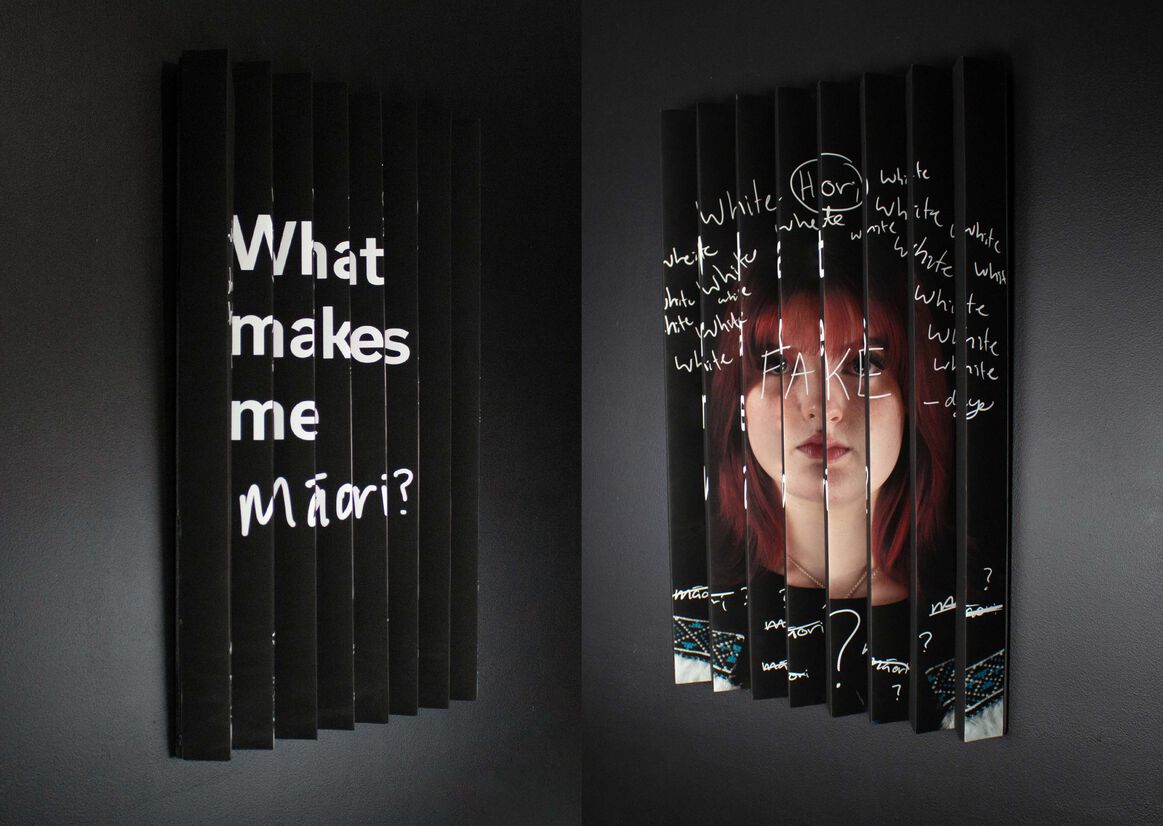
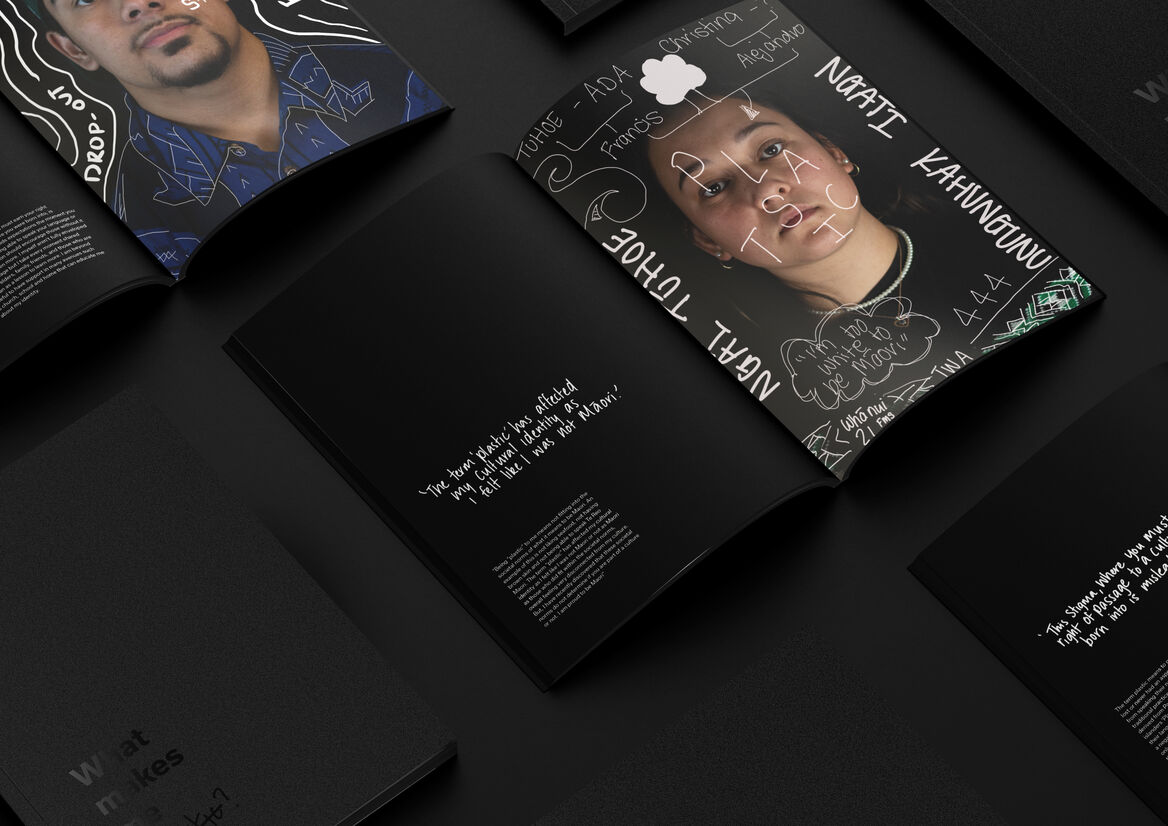
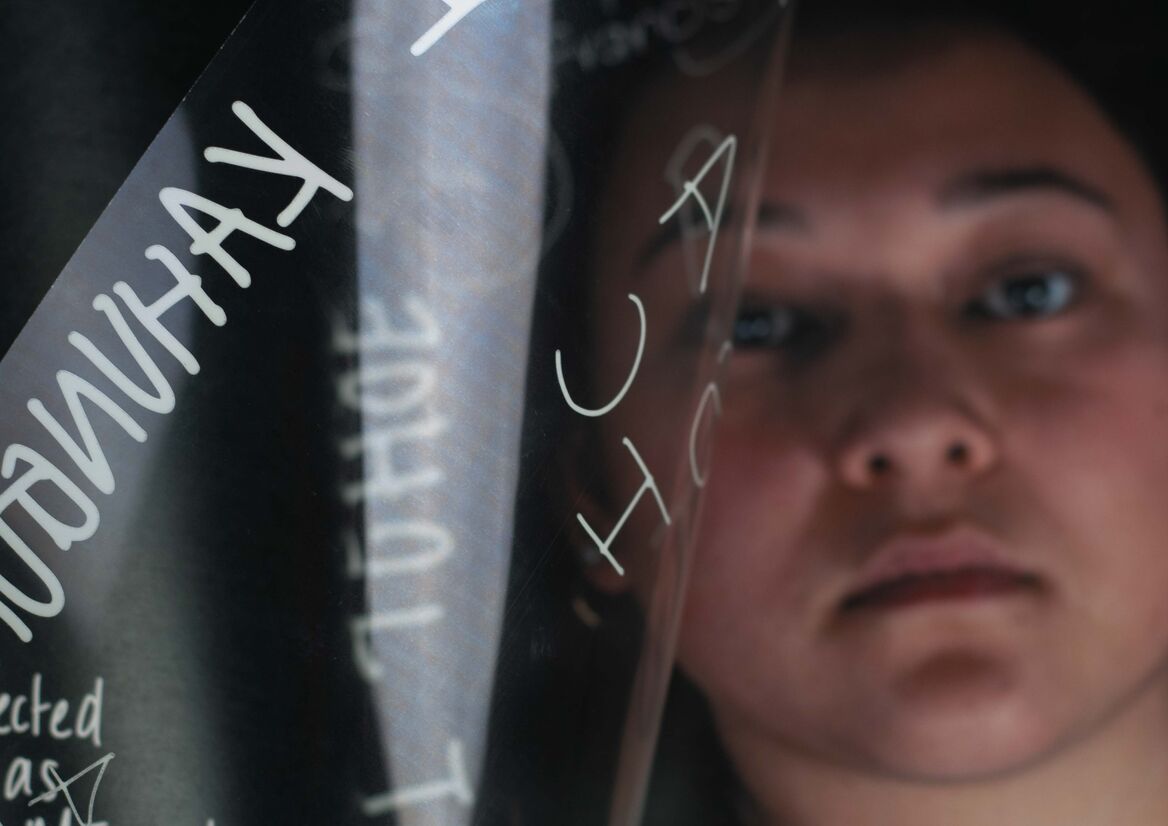
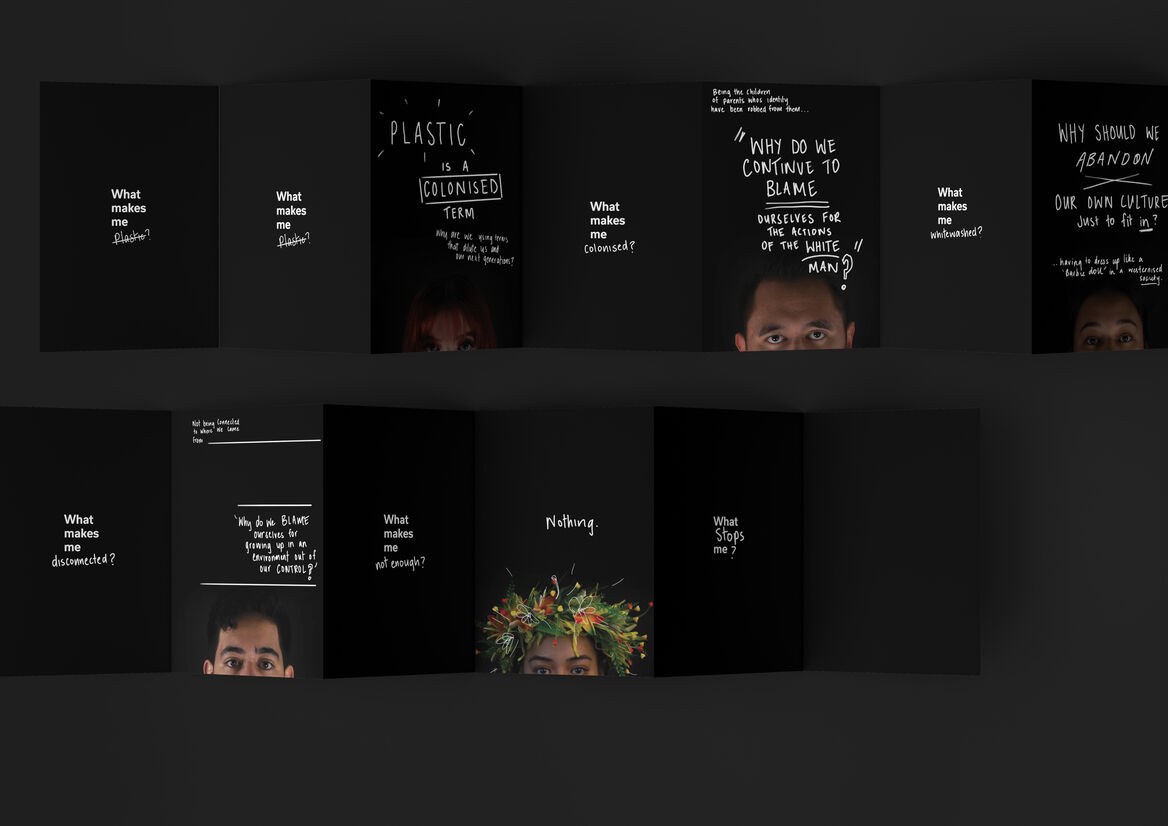
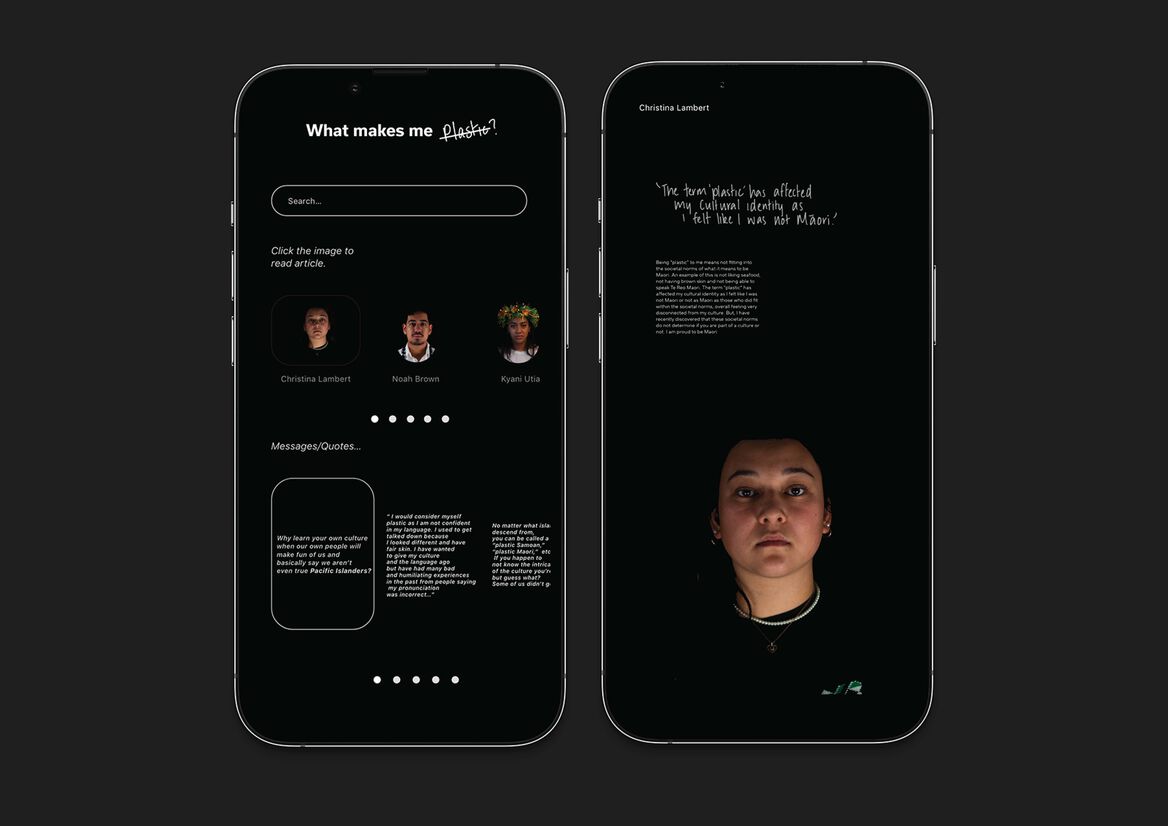
Description:
There is a divide between Māori and Pasifika communities due largely to urbanisation. Time has shown a decline in the connection to ancestral cultures and being fluent in the language which has led to people being reluctant to identify with their culture.
There is a growing concern for young Māori and Pasifika in regard to their overall mental health. Poor mental health issues in current times seem to go hand in hand with youth from indigenous minority groups. It has been found in fact that young Māori have the highest addiction and suicide rates. These rates are followed very closely by Pasifika.
The negative term ‘plastic’ has come about mostly from young Māori and Pasifika who do not feel worthy, and this has led to even more young Māori and Pasifika being reluctant to identify with their culture.
When we executed a questionnaire with over 200 young Māori and Pasifika, it was found that 68% of respondents felt they were ‘plastic’ which led us to believe that if our communities are to ever fix this divide within each culture, that the attitude and perspective of people needs to change.
It was difficult articulating the project in a way where others were able to understand it. This lack of understanding was a pivotal part of the development of our project which fundamentally led us to change from an educational tool to a confrontative campaign. ‘What makes me Plastic’ is bold and self-reflective. It acts as both a question and a statement.
The number of responses and the amount of positive feedback our questionnaire received was phenomenal and gave us great insight and allowed young Māori and Pasifika to express themselves in their own words. We wanted to incorporate these voices into our work and not filter the message. We generated a secondary questionnaire, but then found that our recipients struggled to voice and put into words how they identified with their culture. This then led to the idea that instead of us trying write up and filter down a message, we get our actual target audience to do it. We wanted to not only hear the stories behind each person but for them to visualise it in their own way. “Analyse yourself visually in terms of how you see yourself within your culture.”
With our project covering a very complex issue, our brand system is simple, bold and confrontative. The backbone of our campaign is the stories and experiences of young urban Māori and Pasifika who feel disconnected from their culture. These images and words are their stories.
Judge's comments:
A provoking kaupapa that gets to the heart of tuakiritanga (identity) within the cultural fabric of Aotearoa. Displaying maturity in their thinking to start a confronting yet relevant conversation, whilst also creating an adaptative expression unique to each individual and the overall kaupapa. The package of this work is all gold. Ka rawe koutou mā.